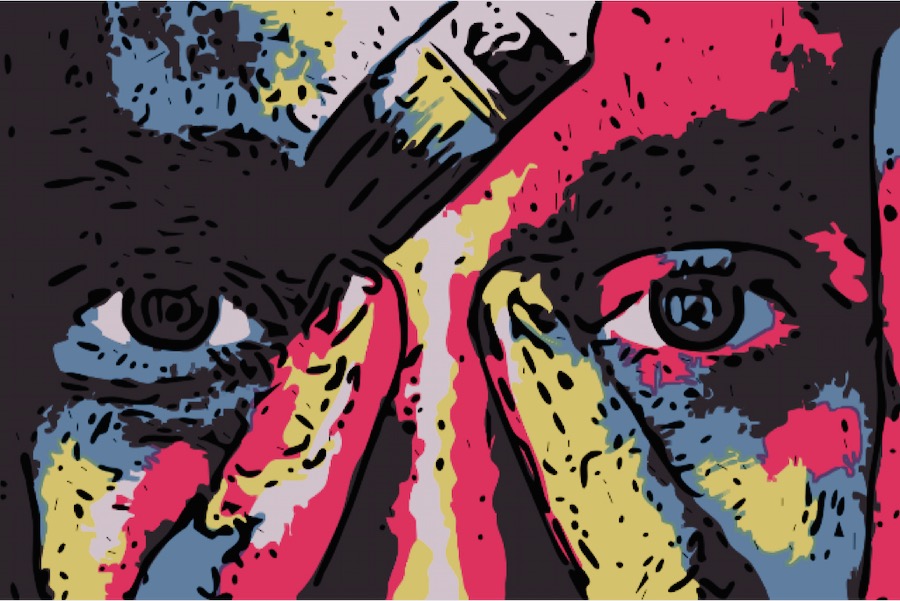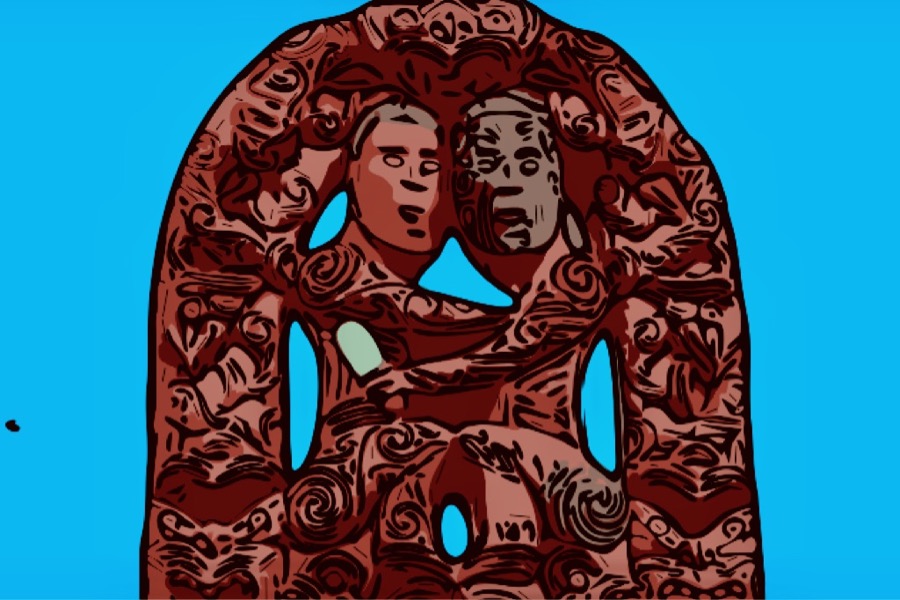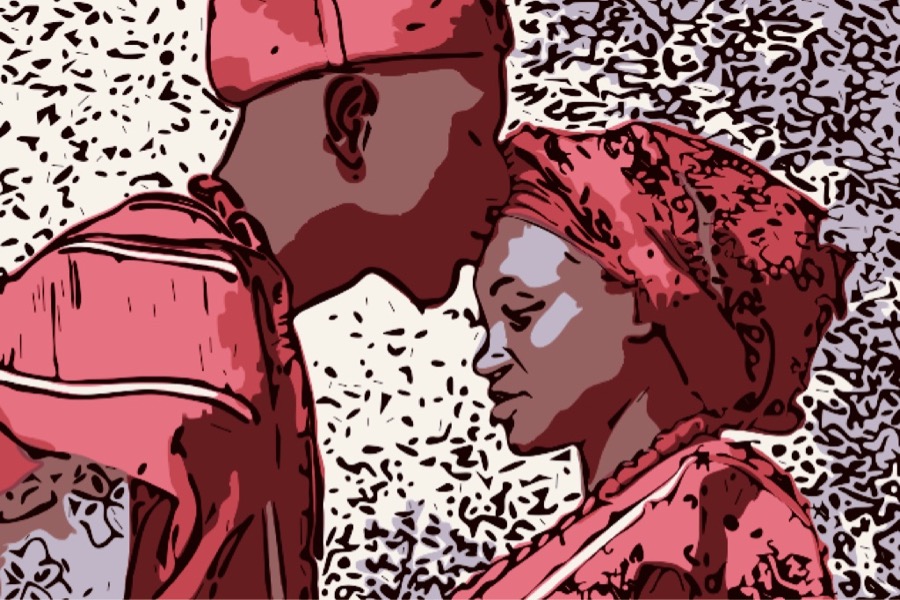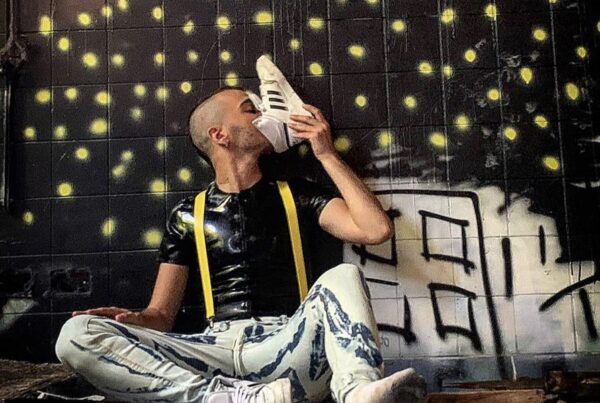In New Zealand freedom is in the air, it’s pretty much everywhere.Behind this freedom and the achievements of the LGBTQI+ movement there is a long history of struggles and resistance. To understand the struggle we need to look at the history of this country.
The signing of the Treaty of Waitangi, in 1840, is considered an important event in the history of British colonisation. Everything, in this country, changed. Māori, the indigenous people of this land, have had to fight to keep their traditions and beliefs from being destroyed.
History is not neutral and the side of the colonisers is the one that gets told… Like every story, there is more than one truth and everyone owns their one. The British rule over New Zealand means that the social, legal and political structures reflect those of the “motherland”. This is particularly important when we think about human rights, specifically, we are interested in those relevant to the LGBTQI+ community.
Colonial laws
Now, before continuing, we need to mention that “in 1861 England replaced the death penalty for buggery with life imprisonment. New Zealand enacted a similar legislation six years later. Any sexual activity between men of any age became unlawful in England in 1885, and New Zealand followed suit in 1893.” England did not seriously reconsider homosexuality law reform for 70 years. In the 1940s and 1950s, “men found guilty of sodomy could still be flogged and whipped.” But something was shifting, and change started to happen.
In New Zealand, in 1961, the crime of sodomy was removed from The Crimes Act, but homosexual activity still remained illegal, like in other countries. Homosexuality was treated as a mental illness and people were committed to psychiatric institutions.

The movement is born
The fear of imprisonment or being locked in an institution did not stop the LGBTQI+ community and the first New Zealand organisation for gay men – the Dorian Society (1962-88) – started to advocate for change, the first steps that would lead to law reform and the recognition of human rights. Over the next decades revolution was in the air and on the streets. The early 70s “saw the growth of the modern feminist and gay movements.”
One of the most important steps was in 1967, 150 people attended a meeting in Wellington – they called themselves “Wolfenden Association” – and worked on advocating for the Homosexual Law Reform. They then became The New Zealand Homosexual Law Reform Society. This Association and other gay liberation groups drafted a bill proposal for reducing the age of consent. But “to bring about change in the law, the gay movement needed a parliamentary champion.”
Sometimes we forgot how small the world is and how fast news can travel, especially when a community is fighting for the same cause. So, the ripple effects of Stonewall riots in New York in 1969 touched New Zealand and its movements for gay and lesbian rights. Across New Zealand, several gay and lesbian rights organisations were established, like in 1972, when Ngahuia Te Awekotuku formed the Gay Liberation Front in Auckland and in 1973 The Sisters for Homophile Equality (SHE) was formed in Wellington by a group of a feminist activist.
Reform bill
In 1985 the movement found its champion, Fran Wilde, a Member of Parliament, who developed – with grassroots gay and lesbian activist groups – the Homosexual Law Reform Bill. “The bill had two parts. The first to address the decriminalisation for sexual offences between men as well as the decriminalisation of consensual heterosexual anal intercourse, while providing protection for minors of both genders. The second would make it illegal to discriminate on the grounds of sexual orientation in the areas of employment, accommodation and supply of goods and services.”
The social and political opposition was deep; the arguments against the bill were often on the grounds of morality and religion: “Homosexuality is ‘unnatural’ and the Bible condemns it“. There was also a deep the fear of the collapse of the “traditional” family. The widespread lack of understanding often compared homosexuality with pedophilia. Plus, AIDS (Acquired Immune Deficiency Syndrome) was considered, like in the US, “the gay illness” and some talked about it in terms of a divine punishment.
In those years the movement tried to speak out in different ways, with nationwide street marches and rallies and disrupting anti-law-reform meetings. Freedom of choice and human rights were the driving forces of change to end discrimination based on sexual orientation.

Gradual victory
The Homosexual Law Reform Law needed 14 months to move through the parliamentary process. The final vote was held on July 1986. The Homosexual Law Reform Act came into effect on 8 August 1986. It “decriminalised sexual relations between men aged 16 and over. No longer would men having consensual sex with each other be liable to persecution and a term of imprisonment.” Both gay men and lesbians were strong supporters of the reform movement, given that lesbians were discriminated like gay men.
During the AIDS crisis, the only government to approve a law such as The Homosexual Law Reform Act was the NZ one. For the first time, gay men could have a sexual relationship without fear of persecution. Alas, the second part of the bill was rejected. We needed to wait until 1993 to see discrimination for sexual orientation and sexual identity become illegal.
New Zealand recognised same sex civil unions in 2004 and in 2013 marriage for all has been introduced – it was the 13th country in the world to do so. The LGBTQI+ community needs to continue to move towards the future it wants for itself.
A different Pride
Every year New Zealand holds three different Pride Parades, in Auckland, Christchurch and Wellington. I was in Wellington, the capital of the country, during the Pride Week, in March 2019. I could see rainbows everywhere, even in places like Indian restaurants or shops selling army supplies. Some big brands decided to take position and show the rainbow flag. The hill next to the airport was colored with red, orange, yellow, green, blue and purple. This picture has gone around the world and, probably, it made some people think about change, because change is possible.
This year, the parade in Wellington was on Saturday the 11th of May in the afternoon. It was my first Pride in cold weather, being in the Sourthern Hemisphere, it was short and full of colours. Some of the most important business and companies paraded with music, dances and rainbows. It was different from the Italian ones. A lot of people were on the both sides of the streets and not in the parade.
I felt empathy, freedom and joy. I think to partecipate means take part, be part of something. Something larger then oneself and connected to fellow human beings. Whatever Pride means and symbolises, wherever is it, LGBTQI+ community deserves to be visible and proud, not just on this special day, every day.
Giulia Carloni
©2019 Il Grande Colibrì
Quotes are taken from New Zealand History
images: elaboration from 680451 (CC0) / from Alexas_fotos (CC0) / from Silar (CC BY-SA 4.0)




